A Very Budget PC Build for an 11 Year Old Kid - PC Tech - Part 51.
PC gaming offers more options for both hardware and game selection, yet for those on a budget, it may not be possible.

Recently, a friend of a friends son, only 11, wants to get into PC gaming and wants his own custom PC. After saving for over a year, he came to me to build him a budget orientated PC for him to start his PC gaming adventure. While you could simply buy second hand components, there is no warranty available, and the newer technology is much better than previous generations.
So here are the components he has just bought with his hard earned money. Tomorrow, I will be building it for him, complete with a copy of windows 10.

CPU/GPU – AMD Ryzen 3 2200G, RX Vega 8 Graphics.
£79.95
- This CPU with integrated graphics, better known as an APU, (Advanced Processing Unit) is a brilliant compromise for those gamers who are very budget bound. When compared to a very budget discreet graphics card like the GT 1030 from Nvidia, this AMD solution is not only a cheaper alternative, but has better performance in most gaming titles. You're not going to get super high settings at 100 frames per second, but you will get reasonable graphical performance at a reasonable frame rate. However, that performance is bound to how well the Bios is set up.
The GPU side of the chip utilizes 2Gb of the system memory, and the faster that memory is and the tighter the timings are, the better the performance of the GPU.
The CPU side of the chip is a simple 4 core, 4 thread one that is similar to the Ryzen 3 1200, but with slightly better performance. The base clock speed is set at 3.5Ghz with a turbo of 3.7Ghz, but with some slight tweaking in the Bios, that can be pushed up to 3.7Ghz base and 4Ghz turbo, or even 4Ghz on all cores all the time with the right cooling solution.
With this being the main factor in this build, it heavily influenced the rest of the component choices made.

Motherboard – Gigabyte A320M-S2H mATX.
£43.19
- I have some experience with this board already as I used the first revision of it with my partners mATX gaming build from February, combined with its low price, it was an easy choice for this build.
While for the most part, A320 chipset board don't have much in the way of overclocking ability, if any at all, this one on the other hand has some reasonable support for overclocking on the CPU and memory This being the second revision of the board, that comes pre loaded with the updated Bios to work with the 2000 series AM4 chips, will have the same support but with better adjustments for the CPU and Memory. The GPU overclocking abilities on this board is something that I have yet to have hands on time with, but with reading up on the board when being used with the AMD Raven Ridge APU's, there are some adjustments available, but are more memory profile bound.
The board comes complete with the usual connections and sockets you would expect on an 8th gen board, but comes complete with HDMI, DVI and VGA connections that are there specifically for the Raven Ridge APU's.

Memory – Ballistix Sport LT DDR4, 2666Mhz 8Gb, (2x4Gb).
£84.29
- The cheapest pair of 4Gb modules that I found on the site I bought all these parts from, was about £70, but the speed was only a mere 2133Mhz. Not fantastic speed but more than enough for a gaming system that has a discreet graphics card. Because there is an integrated GPU in this build, memory speed is key to getting the best performance possible. Even more so when it comes to gaming performance.
With that in mind, I went and chose a set of modules that were slightly more expensive but were faster at 2666Mhz, this will help towards not only giving the CPU better performance, but be able to give the GPU more performance too.
With some slight overclocking on the memory, the speed can be increased, timings tightened combined with a voltage increase, it will be able to enable the APU to work much more efficiently across AMD's infinity fabric.
The extra £15 spent on this set may only produce a few extra FPS during gameplay, but the system as a whole will benefit hugely from the better speed. Something I will test in a future post.

Power Supply – Aerocool Integrator 80+ Bronze PSU.
£20.39
- When it comes to choosing a PSU, it was as simple as finding a cheap rated one that was 400 watts or more.
This PSU is a non modular one that has very basic connections yet has the additions for PCIe if the young lad decides to get a discreet graphics card in the future for better gaming performance.
It does however come with a full 2 year warranty, but it is just a damn shame that it has mustard and ketchup coloured cables. Easy enough to hide if you're any good at cable management.

Water Cooling – GameMax Iceberg 120mm AiO RGB
£35.50
- GameMax is a British based company that concentrates more on budget friendly hardware and peripherals. I have a lot of experience in using the fitting these coolers, and despite there value, they perform just as well as the more expensive options.
In my partners PC that has a 1300X CPU, it has this same All in One (AiO), and despite the fact that the CPU is overclocked to 4.05Ghz that is regularly pushed to its limit for several hours at a time, the AiO is more than capable of keeping the CPU at a cool 65*C. The included fan is a little loud, but when considering that the case is tiny, it is something that you can put up with.
The case in which this system is going in is much bigger than the tiny cube of my partners, combined with the Corsair SP120 RGB fan set I have given the kid, keeping the APU cool should not be an issue. I may even use some liquid metal on the APU to improve the heat transfer even further.

Storage – Seagate Barracuda 1Tb 3.5” SATA III Hard Drive.
£25.20
- With such a minimal budget, there was not enough left over to get a reasonably large SSD or even an SSHD. So a standard hard disk was the only real solution possible for this build.
You can still run a full Operating system and play games normally on a drive like this, it will just take longer for everything to load. These types of drives are now used more for storage than anything as Solid State Drives and Hybrid Drives have much better read and write times over the limited mechanical drives, that at best, are half as fast.
The one positive is that it is a high capacity drive and mechanical drives tend to last longer than there solid state counterparts.
When the young lad saves up for a large capacity SSD, cloning the drive over is a straight forward process, and he will then have an extra terabyte available for storage.

Case – Aerocool QS-240 Windowed mATX Gaming Case.
£25.79
- You should all know by know exactly how picky I can be when it comes to choosing a case, yet for this build, I was drawn to this case for several reasons.
Apart from the case looking very sleek for its size, it will fit this build perfectly. The cooling solutions available in this case are very impressive for its size, featuring room for dual 240mm radiators if you so choose, with one on the face and another on top. The feet on the case raise the case up high of the floor, allowing for ample airflow for the power supply. The face and top portions of the case are fully removable to allow for fans to be mounted on the outside of the chassis, ideal for those that want a push pull radiator setups.
Cable management is about what you would expect for a budget case, perforated steel with no rubber grommets, but plenty of tie points to keep cables nice and tidy.
There is room for several 2.5” drives and 2 3.5” drives that have there own drive caddies for easy instillation.
The front I/O has everything you would expect from any case with USB 2 and 3 ports, Audio jacks and Power/Reset switches.
There are no air filters on the case, but the perforated mesh on the front and top of the case will do an OK job of keeping the dust out. It will be just a case of making sure the kid knows how to clean the PC properly. Something for a future post.

The total value of this setup including a copy of Windows 10 Home and some basic peripherals will come to about £350 GBP, about $460 USD is as budget orientated as it gets and it is still cheaper than some current gen consoles. The advantage though is that there is plenty of room for upgrading hardware.
The AM4 socket will be in use for the 3000 series CPU's from AMD in 2019, so you can upgrade the CPU to something much more powerful. There are 16x PCIe slots available so the lad can buy a discreet GPU in the future if he so wishes. The RAM can be swapped out for something much faster and higher capacity, the storage and even the power supplies can be exchanged for something better.
This is the main reason why PC gaming in particular has surpassed console gaming because of the semi universal plug and play mentality of the hardware available. If a new game comes out that requires a better GPU or you want to play with better graphics or/and higher frame rates, it is as simple as buying that singular product and plugging it in. this is what an 11 year old lad said to me... I already know this small fact, but when talking about my gaming PC, he told me exactly this.
Hopefully the PC will perform as expected, and much better that the AMD A10 one he previously had. Either way, I will have a full build post coming tomorrow, followed by a performance post, comparing to an older generation PC, one with similar performance but with a discreet GPU and a more powerful PC. I expect the results will be very interesting.
What sort of budget build would you put together?
Let us know in the comments below.
Thanks for reading.
Stu @TechMojo

Join the chat TechMojo Discord Channel Follow us TechMojo Dlive Channel Like us TechMojo Facebook Page Follow us TechMojo Twitter Follow us TechMojo OnG Social Page
@TechMojo Recommended Blogs you should follow.
@Deeviras @Gaming-Stuff @retro-room @gamesociety @Rerez @C0ff33a @Free999Enigma @NegativeSpace @SteemGC @GamingStation @XR-HammerGaming @Enjar If you want to apper here, then contact us via our Discord Channel!
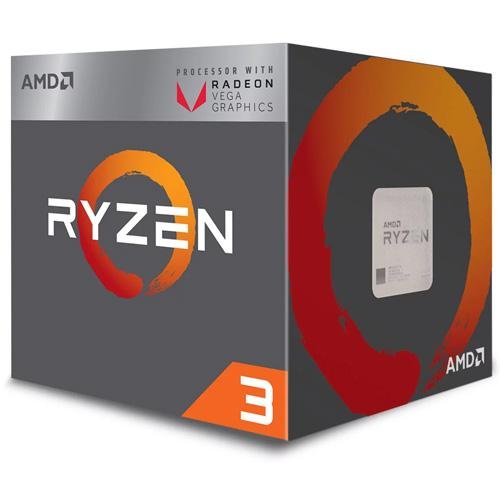
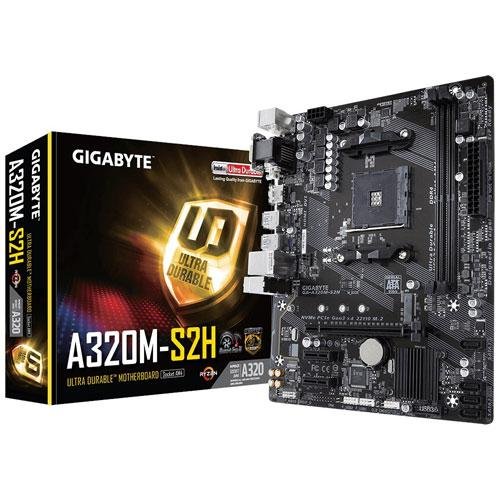
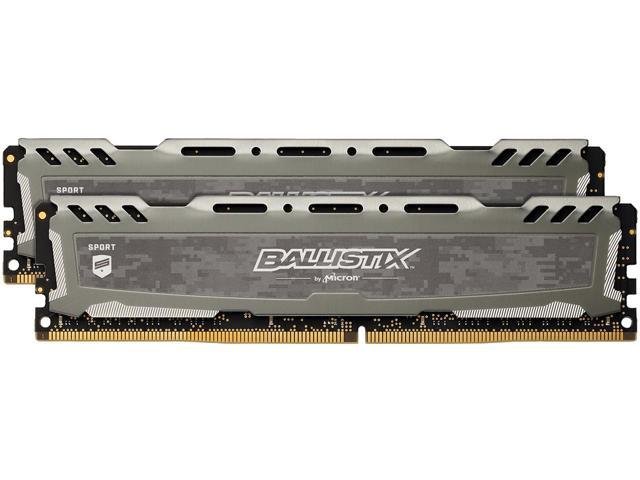

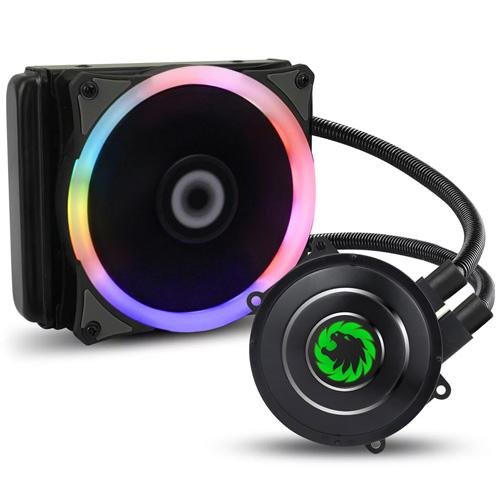
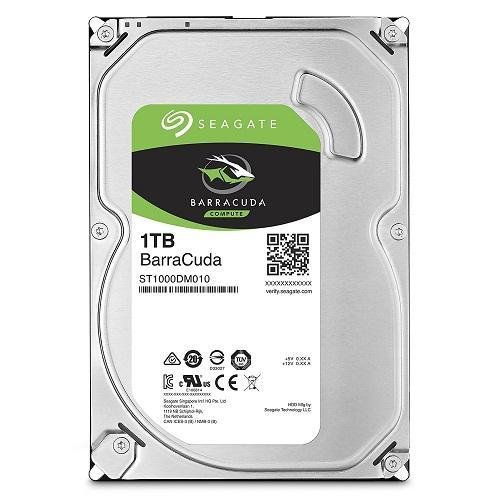
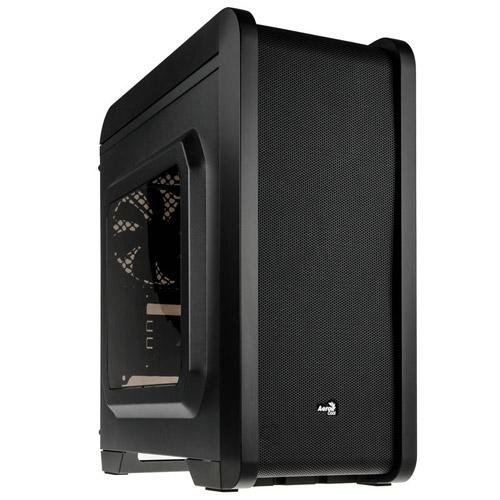



I went a lightly different route with my own son. I started with an old PC I had, in this case a Phenom II, slightly overclocked it and upgraded the GPU to a Geforce GTX 1060. Worked out pretty well except the hard drive is terribly slow. Need to upgrade it to an SSD.
Well... These are rather interesting posts to read, I think I learned a little bit from you talking about the pc parts and how they correlate together o: this is cool
This post was shared in the Curation Collective Discord community for curators, and upvoted and resteemed by the @c-squared community account after manual review.